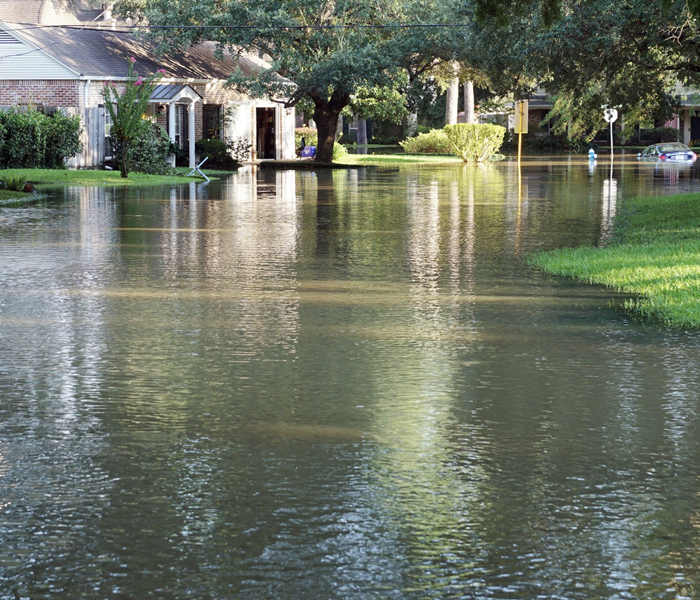Battling the Aftermath: Effective Strategies to Prevent Mold After a Home Flood
6/12/2023 (Permalink)
Experiencing a home flood can be a distressing event, and one of the most significant challenges that follow is the risk of mold growth. Mold thrives in moist environments and can cause structural damage if left unchecked. However, by taking prompt and proactive measures, you can prevent mold growth and safeguard your home. In this blog, we'll explore essential strategies and practical tips to help you prevent mold after your home floods, ensuring a safe and healthy living environment.
Prioritize Safety
Before entering the flooded area, ensure you wear appropriate protective gear, including gloves, masks, and waterproof boots, to minimize exposure to contaminants and mold spores. Turn off electricity to the affected areas to reduce the risk of electrical hazards. If you're unsure or uncomfortable doing this, contact a professional electrician.
Remove Standing Water and Moisture
Use pumps or wet/dry vacuums to remove standing water as soon as possible. The longer water sits, the greater the chance of mold growth. Set up dehumidifiers and fans to enhance air circulation and reduce humidity levels. Aim for a relative humidity of around 30-50% to inhibit mold growth.
Dry Out and Clean Affected Areas
Discard or properly dry and clean water-damaged porous materials such as carpets, rugs, upholstered furniture, insulation, and drywall, as they can promote mold growth. Thoroughly clean and disinfect non-porous surfaces, including floors, walls, and furniture, using a solution of water and detergent or a specialized antimicrobial cleaner. Rinse with clean water and dry completely.
Inspect and Address Hidden Moisture
Inspect wall cavities and ceilings for hidden moisture. Use moisture meters or thermal imaging cameras to detect any lingering moisture that may lead to mold growth. If necessary, consult professionals for proper drying techniques. Check HVAC systems, air ducts, and filters for water damage or excessive moisture. Clean or replace filters, and consider professional inspection and cleaning to prevent mold dissemination through the air.
Promote Proper Ventilation
Create adequate cross-ventilation by opening windows and doors, weather permitting, to facilitate drying and improve air circulation. Turn on exhaust fans in bathrooms, kitchens, and laundry rooms to remove excess moisture from these areas during and after flood recovery.
Monitor and Maintain
Keep a vigilant eye on the previously flooded areas for any signs of mold growth, such as musty odors, discoloration, or visible mold. Promptly address any issues to prevent further mold development. Ensure your home's exterior is properly maintained to prevent future water intrusion. Regularly inspect and maintain gutters, downspouts, and foundation drains to ensure proper water management.
Preventing mold growth after a home flood requires immediate action, thorough drying, and diligent maintenance. By prioritizing safety, promptly removing standing water, drying out affected areas, inspecting for hidden moisture, promoting ventilation, and monitoring for mold growth, you can minimize the risk of mold-related issues. Remember to consult professionals if you encounter extensive mold growth or if you need assistance in the restoration process. By taking proactive steps, you can restore your home to a safe and mold-free environment for you and your family.

 24/7 Emergency Service
24/7 Emergency Service
